The variety of sausages in the world today is unimaginable. This is easily explained from a historical perspective. The first known evidence for making durable meat products is from 2, 600 years ago from Italy, Greece and China. Today it is believed that just Germany has more than 1 200 types of sausages.
The processing of the meat is related to the excess of shortage of raw materials during the year. With the production of sausages, the meat is retained throughout the year, with preserved food and taste. Transportation is also simplified.
Today's consumer society needs diversity to be happy. Sausages achieve this by different methods of treatment - salting, smoking, boiling and drying, with the additional ingredients added being spices, dried fruits, vegetables and nuts. They also differ in the type of meat used and their type of casing. These may be natural (small and large intestines, etc.), and artificial (protein, cellulose and polymer).
When you decide to make homemade sausages, the first step is the choice of meat for them. Traditionally, pork and beef are used, and much more rarely buffalo, horse, sheep and goat. Furthermore, the muscle tissue in the preparation of most meat products, require the addition of fat, the most common being from swine.
Once you have selected meat, comes one of the most important processes in the manufacture of sausages - cutting and grinding. At home, it is done with a meat grinder. Depending on the meat product consignment (prepared for mixing with the other components of the sausage meat), they may comprise of particles having a size of several millimeters or a fine structureless paste. It is usually used for the preparation of emulsified cooked sausages, such as frankfurters.
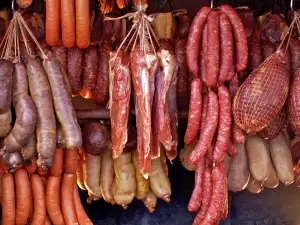
One feature of these products is that during the milling a large quantity of water is added. It will ensure that your product will become sufficiently juicy.
Subsequent processes and brewing serve to limit the growth of harmful microorganisms. To this end is used smoking. All these thermal processes do not apply to raw smoked and raw dried sausages.
Here are a few recipes for home sausage:
Homemade pork sausage - type 1
Products Required: 1 kg. Pork neck, pepper beans, coriander, thyme, caraway, salt
For the sauce: Brine from pickles, parsley, garlic
Method of preparation: Take a piece of pork and spread it. Grind coriander, black pepper, cumin and thyme. Sprinkle the meat with the powdered spices Salt it and curl it into a cocoon. Tie it with thread. Cook the finished cocoon in a pressure cooker for about 30 minutes then let it cool in the fridge for 2 hours. Make a sauce from the brine of pickled vegetables and chopped parsley and garlic. Cut the cooled sausage in slices and serve with the sauce poured over it.
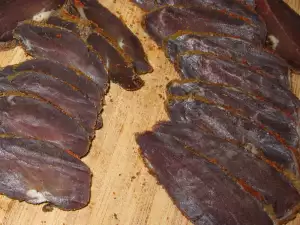
Homemade pork sausage - type 2
Products Required: 3, 5 kg. Pork meat from the thigh and neck, 1.5 kg. Fat, 80 g salt, 25 g black pepper, one nutmeg.
Method of preparation: The meat is cut into small cubes and salted. Allow to stand for 24 hours. Bacon is cut in the same way and also salted. The two types of material are mixed with spices. The resulting mixture is stuffed into pig intestines, which can be split into pieces with a length of 10-15 cm. Tie it with string and two pieces of stick and leave to drain. Smoke on fire with saw dust at 25-30 ° C until the surface yields a light yellow color.
This sausage is not cooked. It is consumed raw or scalded for just 10 minutes in hot water. Placed in the refrigerator, you can store it up to a week.
Old man’s sausage
Products Required: 2000 gr pork fillet, 400 g fat, 6 tsp salt, 1 piece of pork tripe, 5 g black pepper powder, 1 tsp cumin
Method of preparation: The meat is cut into thin slices. To these are added thinly sliced bacon, salt and ground black pepper and cumin. Stir the mixture well, then it is filled with tight, clean tripe. Fill the intestine, which is sewn with strong thread. Outside, it’s rubbed with fine salt and placed between two boards. Press it down with weights. Allow to stand for one month, with occasional turning. Then wash with cold water, sprinkle with wood ashes and hang in a well ventilated place. Serve cut into slices.
The role of the sausages in cooking is more than significant. They very well may be accepted as valuable models of cultural heritage.
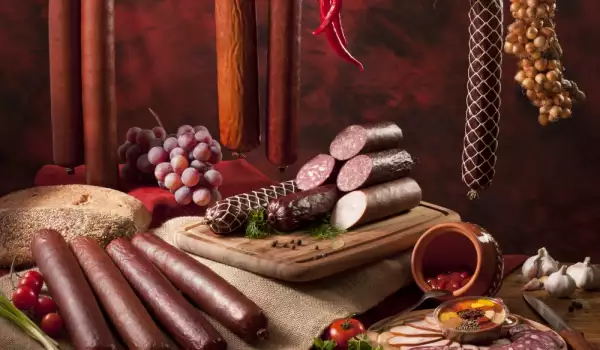




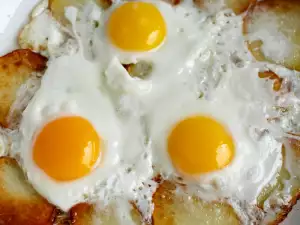
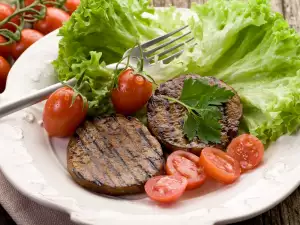

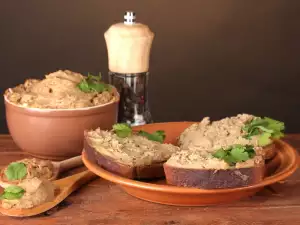
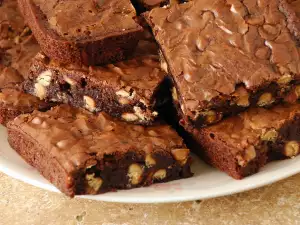









Comments